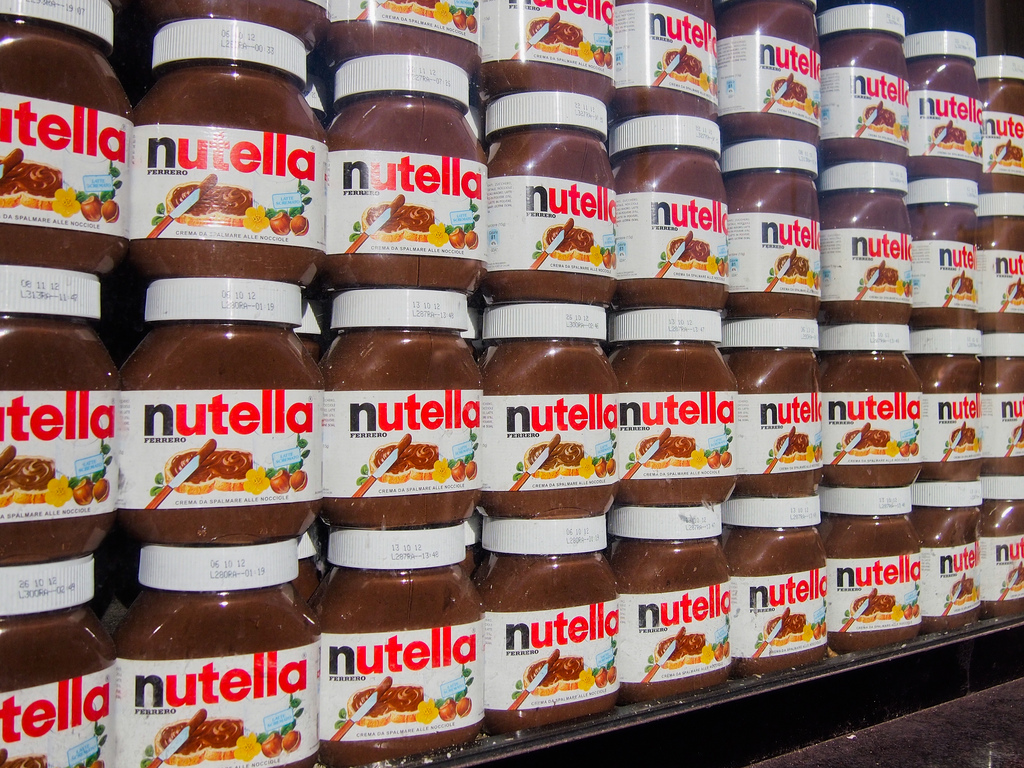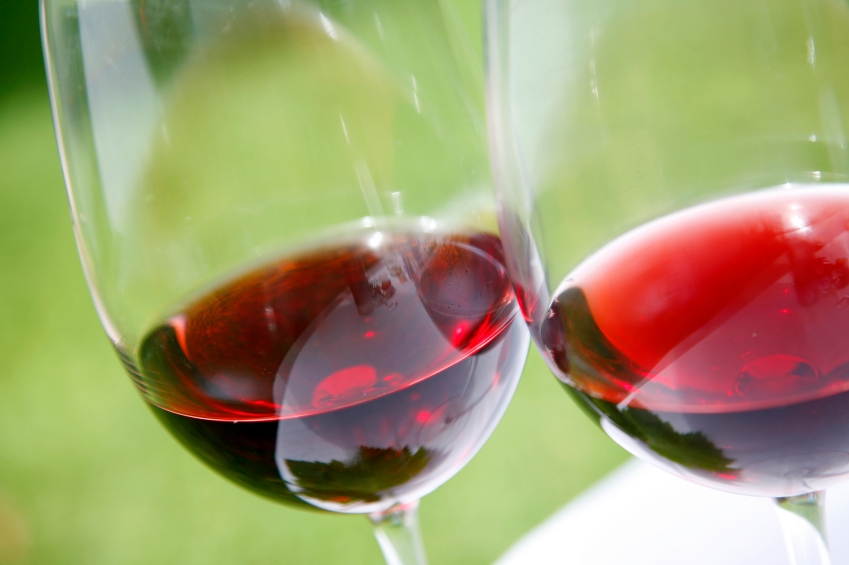 Wine grapes are about as sensitive as your head the morning after you’ve tied one on with a bottle of Bordeaux: They need just the right climate to thrive. And that climate, of course, is changing.
Wine grapes are about as sensitive as your head the morning after you’ve tied one on with a bottle of Bordeaux: They need just the right climate to thrive. And that climate, of course, is changing.
A new study published in the journal Proceedings of the National Academy of Sciences predicts the rapid decline of wine-growing regions from California to Australia — quite the headache for the $290-billion-a-year global wine industry.
Researchers predict a two-thirds fall in production in the world’s premier wine regions because of climate change. …
The scientists used 17 different climate models to gauge the effects on nine major wine-producing areas. They used two different climate futures for 2050, one assuming a worst-case scenario with a 4.7C (8.5F) warming, the other a 2.5C increase.
Both forecast a radical re-ordering of the wine world. The most drastic decline was expected in Europe, where the scientists found a 85% decrease in production in Bordeaux, Rhone and Tuscany.
The future was also bleak for wine growing areas of Australia, with a 74% drop, and California, with a 70% fall
Wine growers in the Cape area of South Africa would also be hit hard, with a 55% decline. Chile’s wine producers would expect losses of about 40%, the study found.
But it’s not like we’re gonna give up the stuff, of course. Winegrowers are expected to turn to heavier irrigation to keep their vineyards producing for now. And ultimately some will start looking to move to higher, cooler ground — with potentially grave impacts for the animals and plants that already live there.
“One of the adaptation strategies for grape growers will be to move into areas that have a suitable climate,” Rebecca Shaw, a scientist at the Environmental Defense Fund and an author of the paper, told The New York Times. “This adaptation has the potential to threaten the survival of wildlife.”
A warmer world could open up grape-friendly growing regions right in the middle of critical wildlife areas: the Yellowstone-to-Yukon migratory corridor near the U.S.-Canada border, and endangered giant panda habitat in China. Pandas especially have good reason these days for wanting to drink their problems away, but let’s not push the bottle on them, folks.
Wine lovers, drink up while you’re still able, but you might also want to develop a taste for beer sold in reusable growlers.



